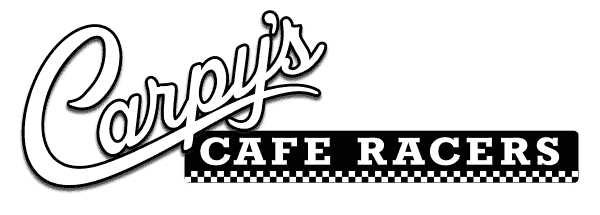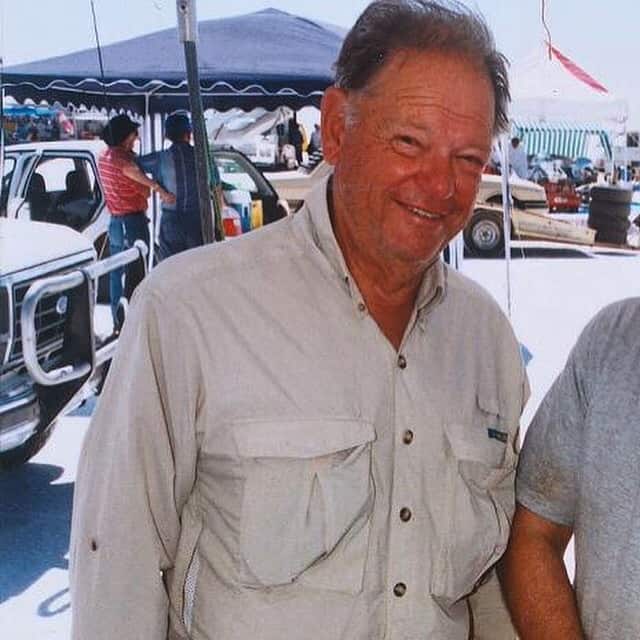By John Gunnell Former Associate HOT ROD magazine editor and publisher Charley Roy Ugama Waya Golaneeda, known around the automotive hobby as LeRoi “Tex” Smith, passed away on June 11 in Australia, where he had lived during the last years of his life. Smith was an icon of the hot rodding sport, but was always involved with […]
-
-
- Home
- Meet Carpy
- Carpy’s Café Racers
- The Hot Tamale / HTML – Honda CB750
- The Rice Boiler – Honda CB750
- Tenacious Ton – Honda CB750
- Seoul Motion – Honda CB750
- Russ Collins Special – Honda CB1000
- The Lunsford – Honda CB750
- The Nut Basher – Honda CB750
- The Cosmic Cafe – Honda CB750
- The Cosmic Cafe – Honda CB750
- The Speedmaster – Honda CB750
- G.C.R. – Honda CB750
- The Revolver – Honda CB750
- The Cyclone – Honda CB750
- Shop Our Store
- Reader’s Rides
- Blog
-
-

